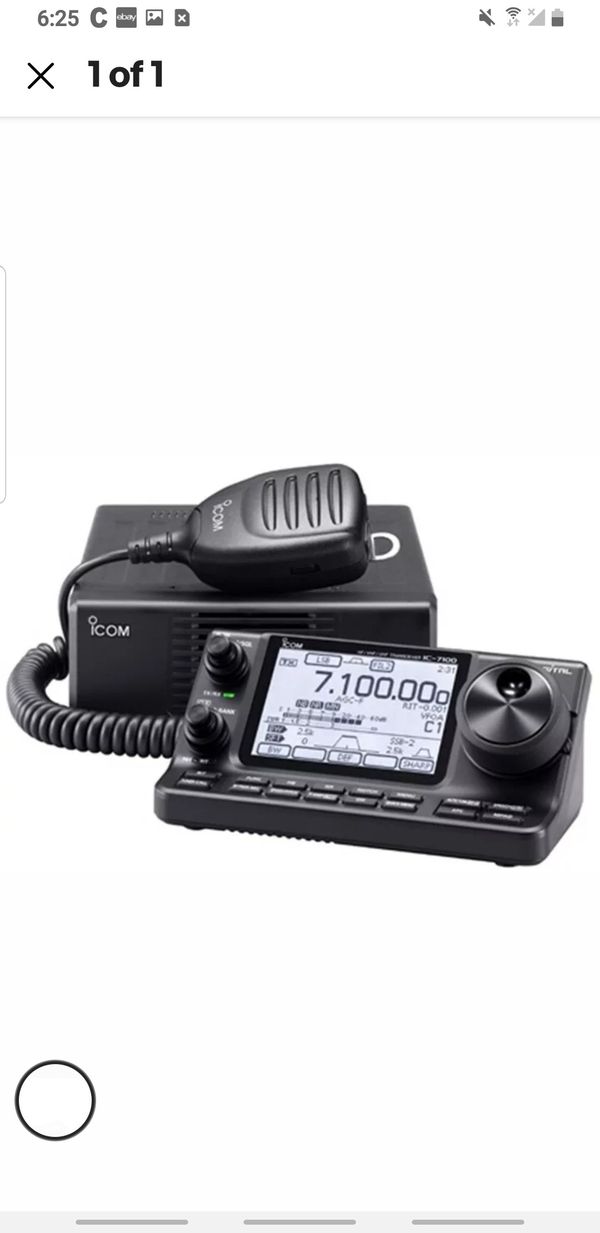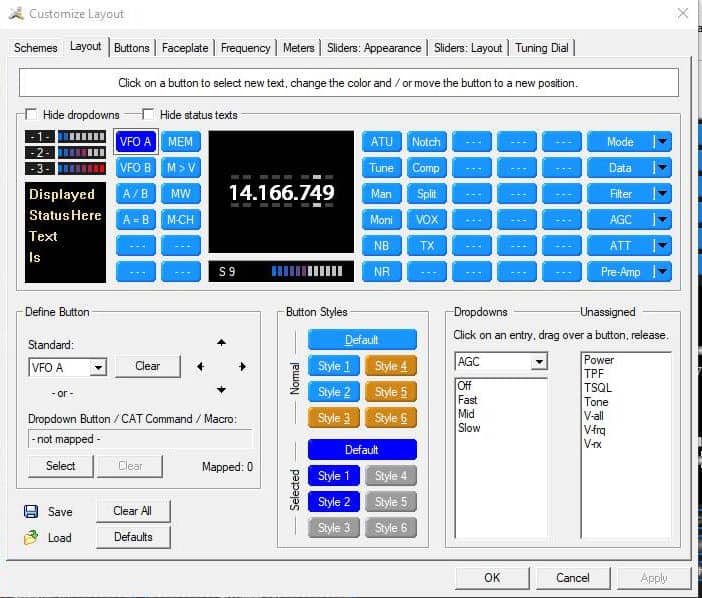
Anyone used to a Perseus screen would be irritated by the sheer volume of screen and sub screen, all of which deserve a proper amount of space. However the screen is just too small and crowded. Is the first of this new generation of non PC based SDR sets, and very welcome, at that. I will not be buying an Icom 7300, my Icom R75 is just fine and aĭon't get me wrong, the 7300 is a fine set, but as I see it, it I was much more interested in it's apparent receive I did not test the rig on short wave, nor did I transmit or even key Whereas the Icom R75 gave a much more solid signal, on those very weak With some signals on the Icom 7300 being very weak to unreadable, On, otherwise, within the medium wave band, it becomes very messy,īasically my R75 produced sharper, more sensitivity in the NDB band, I disabled the MW attenuation and made sure not to have the Pre-amps Short interval I had it sorted out, having seen the numerous videos, on line.

Straight away and getting home set it up side by side with my Icom R75.ģ hours later I returned it to it's owner having gained a valuableįirst off, he forgot to give me the instruction manual, but after a He offered me a quick loan to try it out. Me yesterday by telling me he had bought the new Icom 7300 SDR my nearest radio amateur friend really surprised Here are Finbar's anecdotal observations made with a borrowed IC-7300:

His present mainstay LF receiver is the Icom R-75, which by any standard, is an excellent performer on the broadcast band and below. Like many of those interested in the LF / MF bands, he was particularly curious about its receiving performance in this part of the spectrum. Ever since the LF and MF bands have become a reality for European amateurs, Finbar, EIØCF in Ireland, has been actively involved on both bands, providing UK and continental hams a somewhat 'exotic' LF DX target.įinbar recently had the opportunity to borrow and test-drive a spanking new Icom IC-7300.


 0 kommentar(er)
0 kommentar(er)
